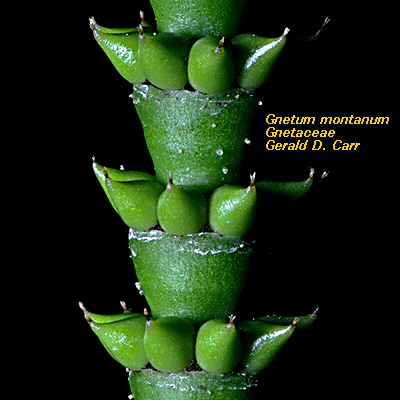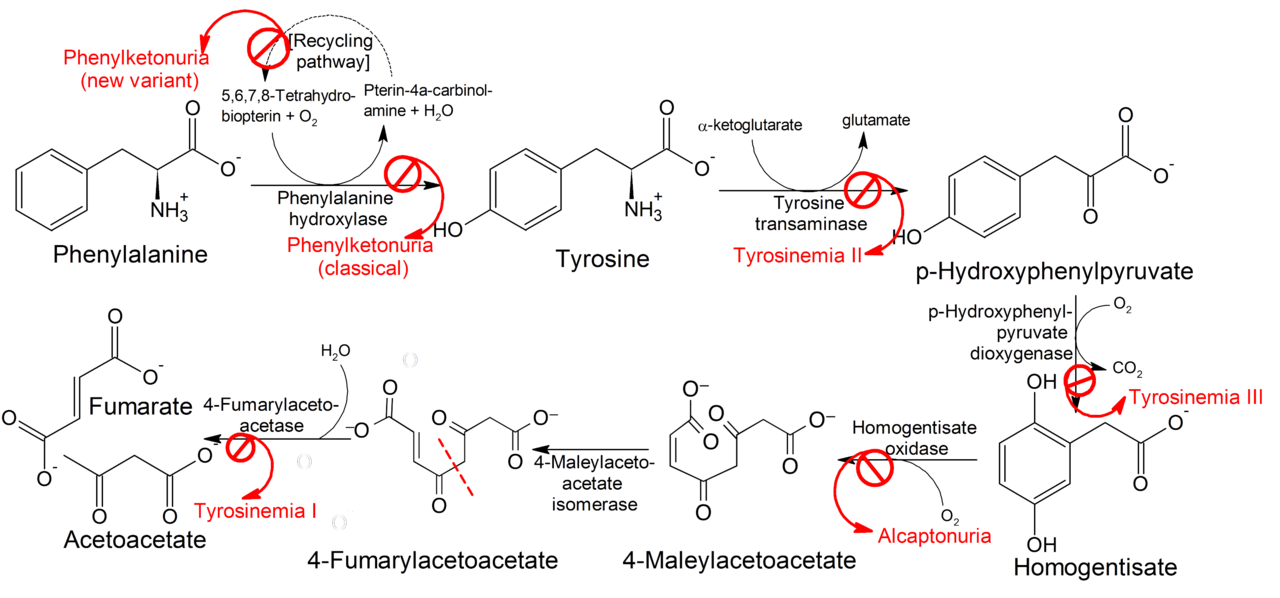B Sc III
To study the cell structure from onion leaf
peel
Aim: To study the structure from onion leaf
Requirement: leaves of onion, aqueous safranin, glycerin,
forceps, blade, slide, cover slip, microscope etc.
Procedure:
1.
Tear
onion leaf diagonally to get a small piece of
lower epidermis. Or scratch lower surface of onion leaf.
2.
Cut peeled epidermis in
small pieces
3.
Stain these pieces in
safranin.
4.
Remove excess of stain by
repeated washing in water.
5.
Mount
a small piece of each peel in glycerin on separate slides.
6.
Observe
these slides under compound microscope.
Observation:
1.The cells of an onion leaf
are generally rectangular in shape
2.Size ranges from 250-400 micrometers
in length.
3.Microscopic view of an
onion peel showing several rectangular cells,
4.Each cell shows a small,
spherical nucleus.
5. The cells are
eukaryotic.
6.cells appear green in
colour
7.Each cell has distinct
outermost cell wall which provides shape and protection to the cell.
8.Inside the cell wall
there is cell membrane.
9.Cell is filled with
cytoplasm inside the membrane.
10. A nucleus is situated in
the cytoplasm shows large vacuole
11. Cell has number of
discoid chloroplast.
*
* * * *
To study the cell structure from Tradescantia leaf
Aim: To study the structure from Tradescantia leaf.
Requirement: leaves of Tradescantia,
aqueous safranin, glycerin, forceps, blade, slide, cover slip, microscope etc.
Procedure:
1.
Tear
a Tradescantia leaf diagonally to get a small piece of lower epidermis. Or
scratch lower surface of onion leaf.
2.
Cut peeled epidermis in
small pieces
3.
Stain these pieces in
safranin.
4.
Remove excess of stain by
repeated washing in water.
5.
Mount
a small piece of each peel in glycerin on separate slides.
6.
Observe
these slides under compound microscope.
Observation:
- The
cells of an Tradescantia leaf are generally polygonal in shape
- Size
ranges from 400-600 micrometers in length.
- Microscopic
view of Tradescantia peel shows several
polygonal cells.
- Each
cell shows a small, spherical nucleus.
- The
cells are eukaryotic.
- Cells
appear pink in colour
- Each
cell has distinct outermost cell wall which provides shape and protection
to the cell.
- Inside
the cell wall there is cell membrane.
- Cell
is filled with coloured cytoplasm inside the membrane.
- A
nucleus is situated in the cytoplasm
shows large vacuole
- Cell
has number of discoid chloroplast.
*****


